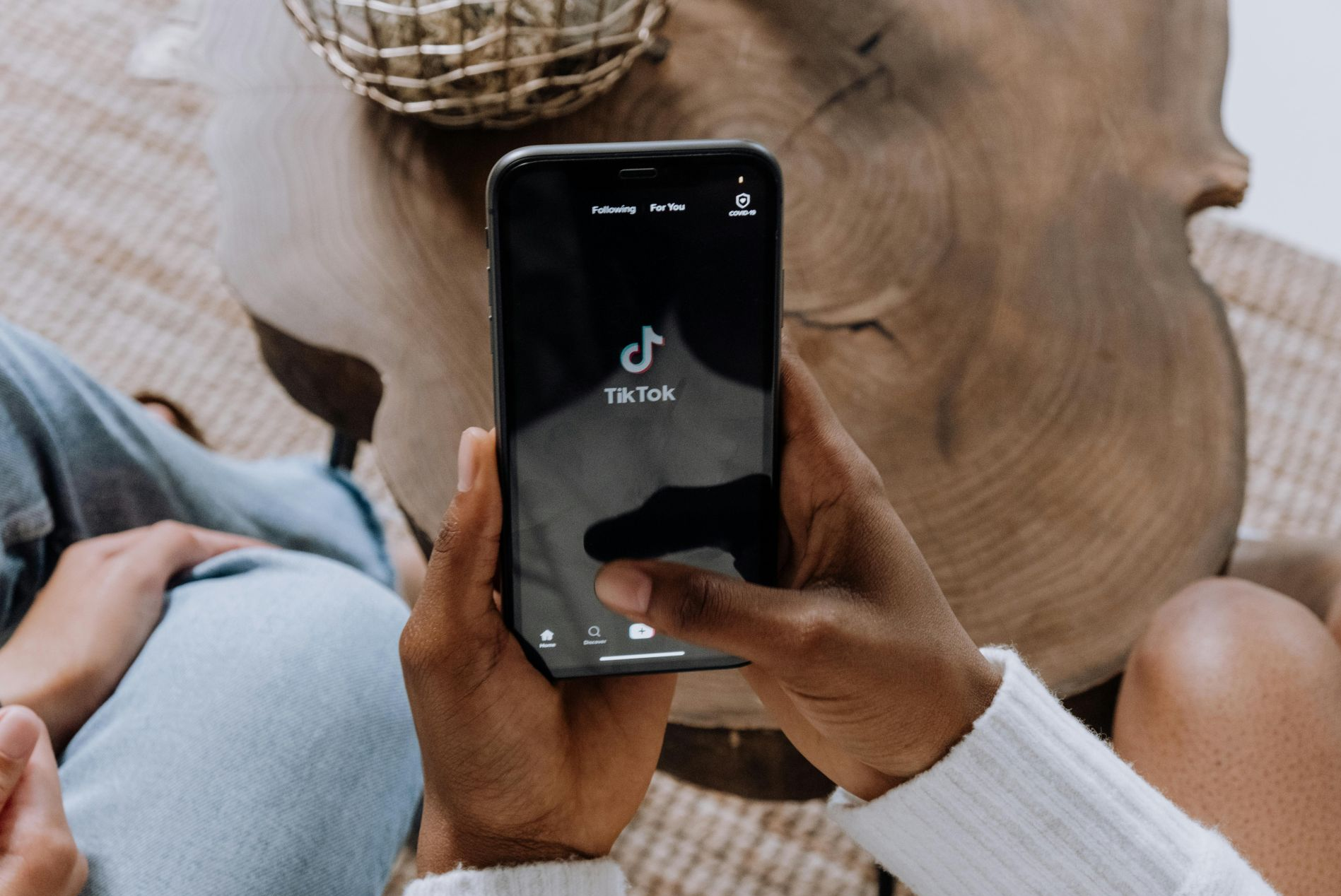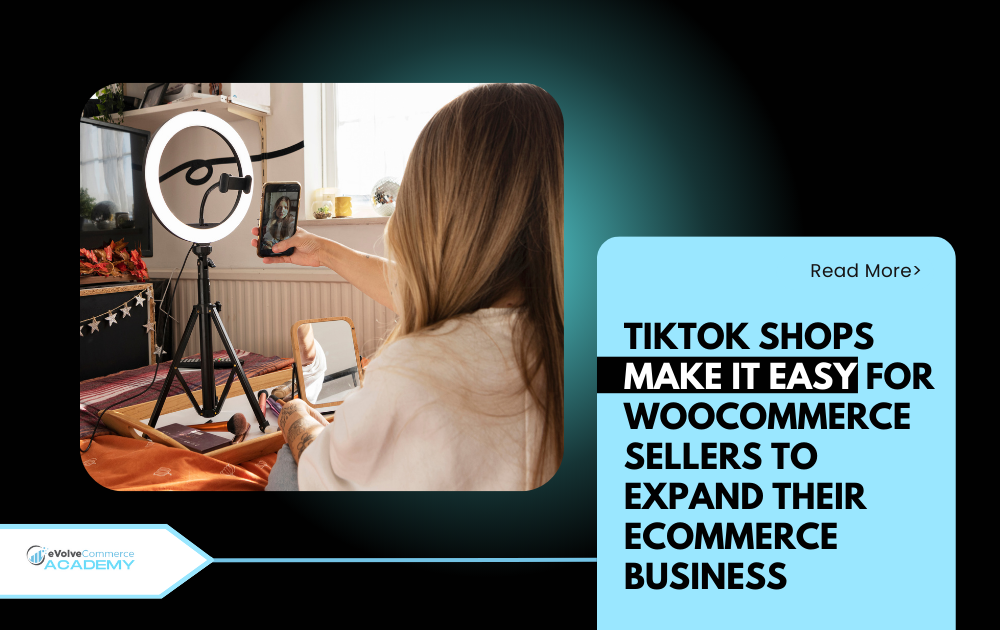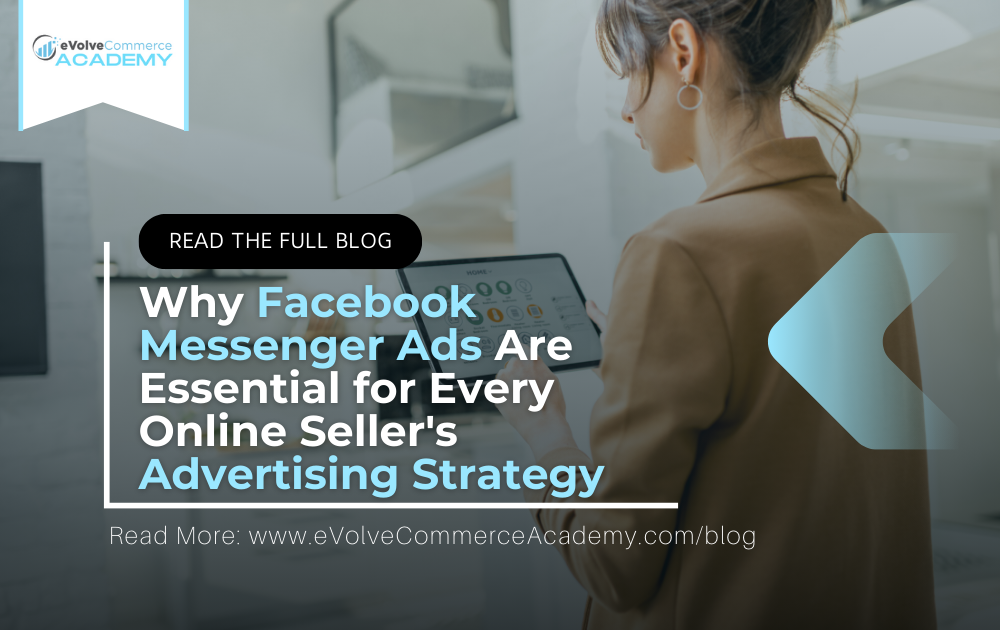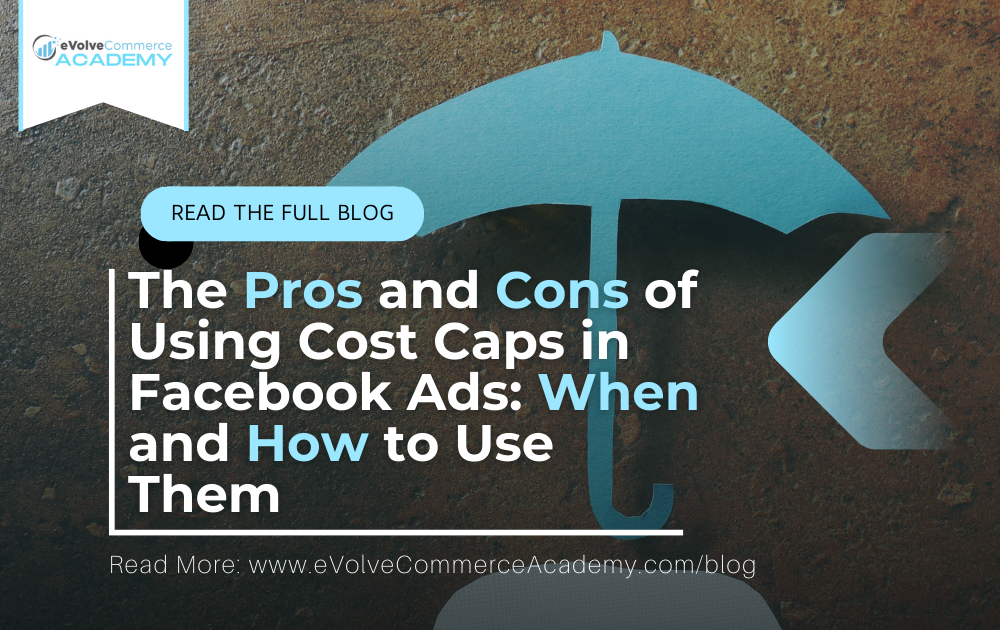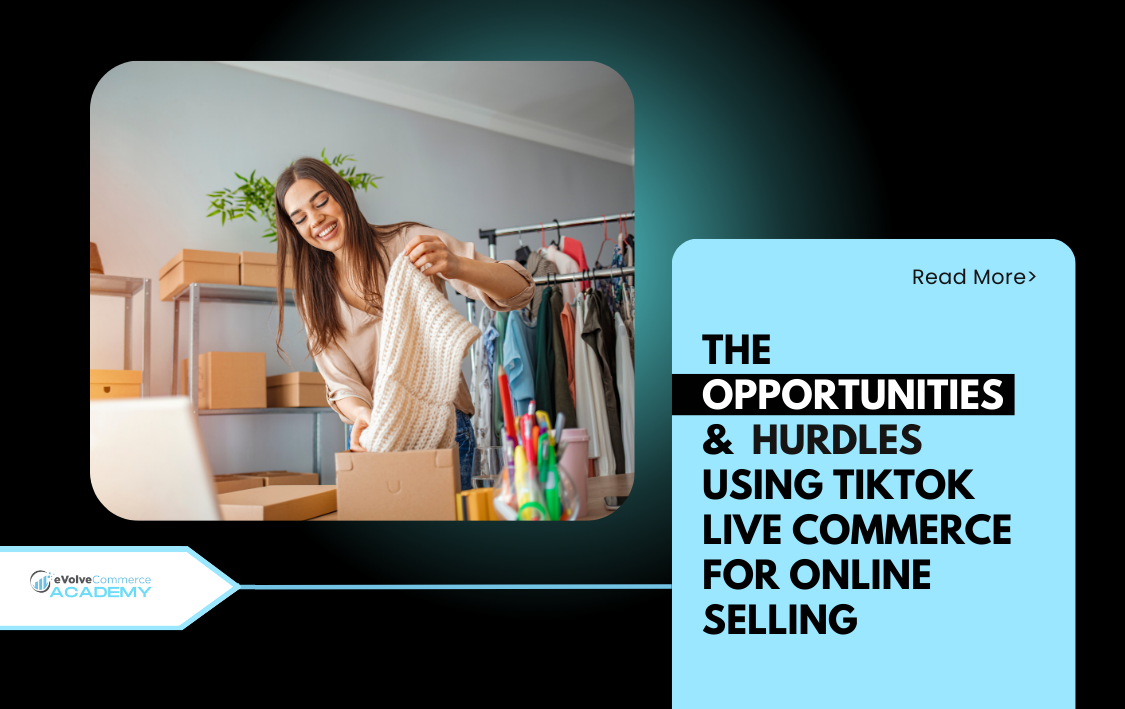Avoid These Common Meta Ad Set Optimization Mistakes
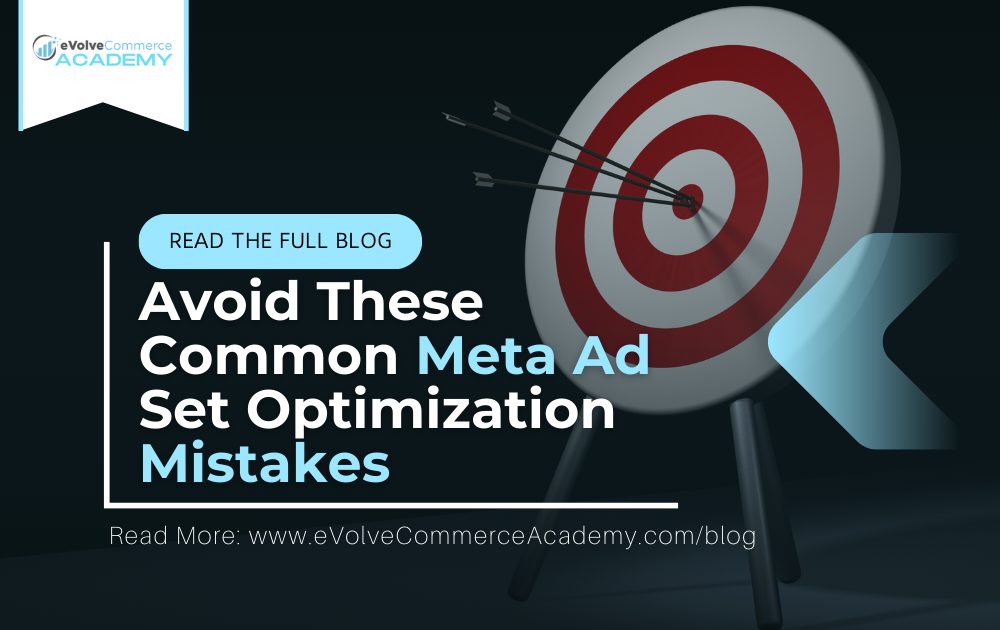
Avoid These Common Meta Ad Set Optimization Mistakes
Following Campaign Optimization Best Practices
If you’re an online seller leveraging Facebook ads, you know that success isn’t just about creating a catchy ad—it’s about strategically optimizing ad sets to reach the right audience at the right time. However, the path to effective ad optimization can be riddled with pitfalls that can derail even the most well-crafted campaigns. To help you maximize your return on investment (ROI), let's explore some common ad set optimization mistakes and provide actionable tips to avoid them.
Confusing Objective for Ad Set Optimization
Choosing the right campaign objective is just the beginning. Your objective tells Meta what you aim to achieve, but it doesn't single-handedly optimize ad delivery. For instance, selecting the Sales objective doesn't automatically optimize for purchases. You need to:
Use the Sales objective.
Set Conversions as your performance goal.
Set Purchases as your conversion event.
Your performance goal dictates how Meta measures success and optimizes ad delivery. Here are some performance goal options:
Maximize number of conversions: Targets people likely to take a specific action.
Maximize value of conversions: Focuses on those likely to make higher value purchases.
Maximize number of landing page views: Aims at people likely to view your site.
Maximize number of link clicks: Targets those likely to click on your ads.
Maximize daily unique reach: Ensures your ad is seen by unique users daily.
Maximize number of impressions: Shows your ad as many times as possible.
Even with a Sales objective, you can select non-value-based events like Search under "Maximize number of conversions." Don’t assume the objective alone will optimize ad delivery for purchases; align your performance goals accordingly.
Misunderstanding Audience Overlap
Audience overlap is one of the most prevalent issues that online sellers face. When your ad sets target overlapping audiences, you essentially end up competing against yourself in the ad auction. This not only inflates your costs but also leads to inefficient ad delivery.
Actionable Steps:
Activate CBO at the campaign level, allowing Facebook to distribute your budget dynamically across ad sets.
Regularly monitor the performance and let Facebook algorithms manage the allocation, intervening only when you see consistent underperformance in certain ad sets.
Failing to Utilize Campaign Budget Optimization (CBO)
Not using Campaign Budget Optimization means missing out on Facebook's ability to automatically allocate budget based on performance, which can lead to suboptimal use of your advertising dollars.
Actionable Steps:
Activate CBO at the campaign level, allowing Facebook to distribute your budget dynamically across ad sets.
Regularly monitor the performance and let Facebook algorithms manage the allocation, intervening only when you see consistent underperformance in certain ad sets.
Over-Segmenting Your Audience
Creating too many specific ad sets leads to fragmented data, which can reduce the efficiency of your campaigns and make it harder for algorithms to optimize ad delivery.
Actionable Steps:
Group similar audience segments to create broader targeting criteria. For example, instead of creating separate ad sets for each interest, combine related interests into a single ad set.
Use lookalike audiences to reach new potential customers similar to your existing best customers, which helps scale campaigns without overly niche targeting.
Neglecting the Learning Phase
Constant changes to ad sets reset Facebook's learning phase, leading to unstable performance and higher costs. This can prevent your campaigns from fully optimizing.
Actionable Steps:
Limit significant changes (like altering budgets, targeting, or creatives) to once per week to allow the algorithm time to learn and optimize.
Set a target of 50 optimization events per ad set per week to help exit the learning phase quickly. This might involve adjusting your budget to generate the necessary volume of conversions.
Ignoring Placement Optimization
Sticking to just one placement, such as the Facebook News Feed, restricts the reach and potential impact of your ads. Different placements can engage different segments of your audience.
Actionable Steps:
Use the "Automatic Placements" option to let Facebook optimize ad delivery across multiple placements, including Instagram, Messenger, and Audience Network.
After running campaigns for a while, analyze the performance of different placements. Consider customizing placements for specific objectives if certain placements consistently outperform others.
Setting Unrealistic KPIs
Setting overly ambitious KPIs can lead to disappointment and misguided optimization strategies. Understanding what is achievable based on audience and campaign type is critical.
Actionable Steps:
Set KPIs that align with your sales funnel stage. For awareness campaigns, focus on reach and engagement; for conversion campaigns, focus on leads or sales.
Regularly review performance against KPIs and adjust them based on realistic benchmarks and industry standards. If new to Facebook ads, start with modest goals and scale up as you gather more data.
Not Testing Enough (or Too Much)
Testing is crucial to finding what works, but testing too many elements at once can cause confusion, while not testing enough means missing out on optimization opportunities.
Actionable Steps:
Implement A/B testing to compare one variable at a time—such as different headlines or images—while keeping other elements constant.
Use the Facebook Ads Manager’s “Experiments” feature to set up structured tests, helping you find the most effective ad components without overwhelming your analysis process.
Avoiding common ad set optimization mistakes is essential for online sellers aiming to enhance their Facebook ad campaigns. By understanding and implementing these best practices—such as managing audience overlap, using CBO, avoiding over-segmentation, respecting the learning phase, optimizing placements, setting realistic KPIs, and structuring tests effectively—you can significantly improve your ad performance.
Remember, ad optimization is an ongoing process that requires continuous monitoring and adaptation. Stay proactive, use data-driven insights, and refine your strategies to ensure your ads not only reach the right people but also drive the conversions necessary for your business growth.
If you are looking to amplify your online advertising sales across the most powerful paid media and digital channels, then join our platform and commmunity specifically tailored for eCommerce sellers for free today @ eVolveCommerce Academy

